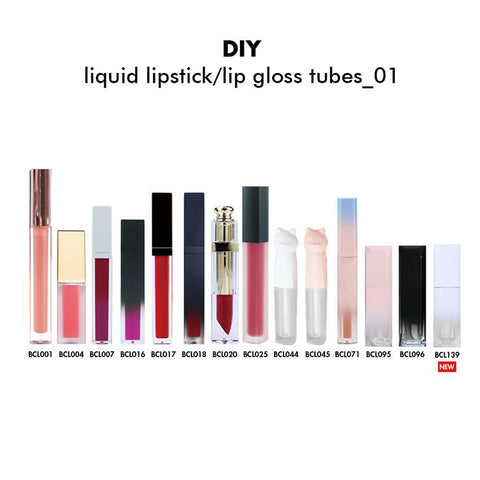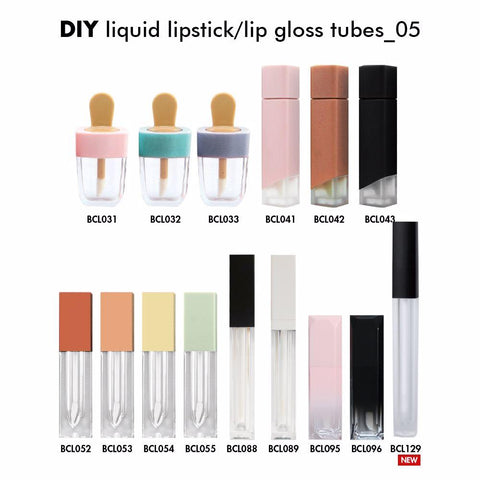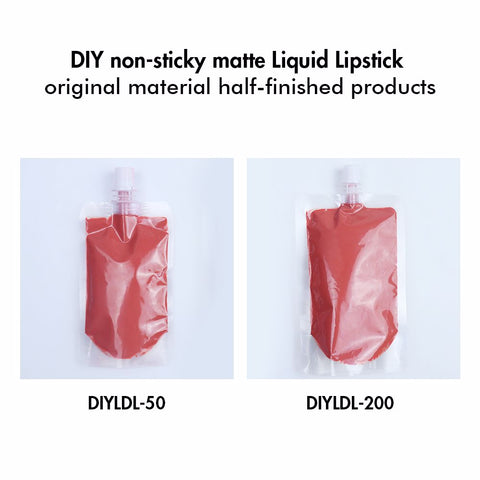How To Achieve Digital Transformation In The Cosmetics Industry
With the improvement of people’s living standards, people’s demand for cosmetics is also increasing. Over the years, the overall scale of China’s cosmetics industry has continued to develop rapidly, and the market is full of vitality. Whether it is from technology to product, from market to marketing, from channel to sales, the blowout golden development opportunities coexist with fierce challenges brought by market competition.
In the digital age, big data penetrates and radiates to various industries, and the cosmetics industry is no exception.
In this context:
·How do companies in the cosmetics industry quickly identify abnormal inventory and realize smart stocking?
·Facing the trend of diversified consumption, how to gain insight into members’ preferences and achieve precision marketing?
·With increasingly fierce competition, how to achieve category optimization and gain early insight into the trend of new products with explosive models?
Under the new situation, how can companies in the cosmetics industry break through and achieve sustained growth in performance?
-
New trends in retail:
If companies in the cosmetics industry want to gain a share in the smoke-free market, they need to structure a big data strategy, combine new trends in retail, and use big data to reshape the analysis of “people, goods, and markets”, centering on the core Consumers realize full-link operations, driven by data and organization, and centered on consumer omni-channel contact layouts, and truly realize the refined management of single stores, single products, and single customers, data empowerment, and seeking enterprise value growth.
Mingdao means clarifying the core battlefield and identifying the direction of growth: using big data analysis to identify where the company’s core battlefield is, answering who the target customer group is, the post-80s or post-90s, the level of consumption, who are the competitors, and which brands are right Standard… and other issues; compared with the industry, in-depth analysis of category growth status, clarification of its own growth factors, to achieve precise force; supported by global data, identify category growth patterns, measure category growth space, reduce marketing risks, and determine marketing directions.
Excellent technique, that is, to realize the precise matching of people and goods yards: In this link, the focus is on the analysis of people. Only by fully understanding the consumer groups, goods and yards can be effectively done. The analysis of people mainly includes crowd penetration analysis and membership analysis. Through the analysis of penetration rate, membership status, market share, consumption power, loss, etc., based on this, establish communication channels with members, strengthen brand building, and achieve precision Marketing.
- Key points of analysis:
In the marketing work of the cosmetics industry, whether it is products, channels, prices or members, it can be said that every work is closely related to the collection and analysis of big data. By obtaining data and performing statistical analysis, we can fully understand market information and master competitors To achieve the goal of “knowing the enemy and confidant, a hundred battles will never fail” by knowing the market position of the product in the competitive group.
(1) Safety stock dynamic model
In order to prevent overstock from occupying corporate funds or affecting sales due to insufficient inventory, reasonable inventory control and dynamic management of safety stocks are particularly important. In the past, safety stock management was based on the experience of corporate executives setting a rough value in the ERP, but this effect was not very good.
The safety stock dynamic model can meet higher inventory expectations caused by uncertain factors. According to the product’s contribution, sales speed, delivery speed, deviation, etc., a safety stock is formed to ensure the smooth progress of marketing.
(2) Analysis of inventory freshness
Inventory freshness analysis mainly analyzes whether the recent inventory cost control is reasonable, whether the inventory backlog situation, marketing, distribution, and replenishment are balanced, the inventory age and the product expiration date are compared, combined with the membership strategy, and regional/product promotion measures are deployed in advance.
(3) Intelligent distribution
The determinants of intelligent distribution: the priority of the headquarters, current sales situation, safety stock settings, existing inventory, store manual experience, superimposed on the above factors, the system automatically and intelligently matches this batch of goods to each store.
(4) New product tracking
Through the analysis of new products, understand the popularity of new products on the market, determine whether they meet expectations, identify best-selling and slow-moving products in advance, and predict sales to achieve mass purchase, production, and transportation, reduce costs, and improve efficiency.
(5) Member management
Members are assets. Strengthen member management, achieve differentiated services, “know customers better than customers themselves”, track and analyze member purchase behaviors, and provide personalized and precise operation services, thereby further improving marketing conversion effects and increasing operating income.
① Definition of membership level
Analysis Cloud supports complex algorithms to calculate membership levels.
New customers: customers entering the store for the first time
Returning customers: customers who bought for the second and third time
Regular customers: customers who buy frequently
② Analysis of member label structure
The proportion of member sales determines the stability of sales and market satisfaction.
(6) Precision marketing
(1) Contribution value pyramid
Through the analysis of the purchasing power of members, it evaluates the operating results of old customers and provides targeted marketing strategies.
(2) RFM analysis
Among the many analysis modes of customer relationship management, the RFM model is widely used, including the last consumption (Recency), consumption frequency (Frequency), and consumption amount (Monetary). Member RFM model has good characterization in reflecting members’ purchasing preferences. It is an important tool and method to measure member value and member’s profit-making ability.
Realize periodic marketing, loyalty analysis, contacts and service optimization.
(3) Marketing event grouping
Product perspective, transaction perspective, member attribute perspective, lost customer activation, etc.
(4) Penetration marketing
Optimize product layout, identify growth points, and improve market launch efficiency.
Beispiel-Block-Zitat
Praesent vestibulum congue tellus bei fringilla. Curabitur vitae semper sem, eu convallis est. Cras felis nunc commodo loremous convallis vitae interdum non nisl. Maecenas ac est sit amet augue pharetra convallis nec danos.
Beispiel Absatztext
Praesent vestibulum congue tellus at fringilla. Curabitur vitae semper sem, eu convallis est. Cras felis nunc commodo eu convallis vitae interdum non nisl. Maecenas ac est sit amet augue pharetra convallis nec danos dui.
Cras suscipit quam et turpis eleifend vitae malesuada magna congue. Damus id ullamcorper neque. Sed vitae mi a mi pretium aliquet ac sed elitos. Pellentesque nulla eros accumsan quis justo at tincidunt lobortis denimes loremous. Suspendisse vestibulum lectus in lectus volutpat, ut dapibus purus pulvinar. Vestibulum sit amet auctor ipsum.






























